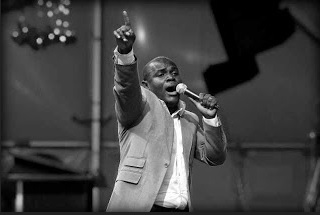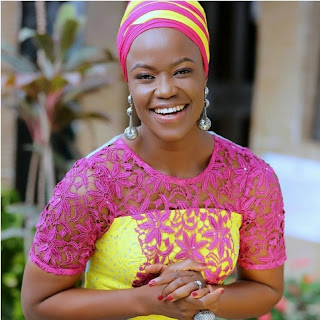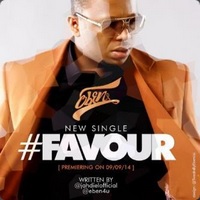 |
| Photo Credit: Pastor John Olatunji |
I was invited to minister at a program years ago and as we walked in the worship was on, the moderator took over after a while and cracked our ribs for 20 mins..
I was called up and I wasn’t even up to 10 mins and the moderator came pacing around me like someone who forgot something, I knew it was time..I handed him the mic.
They came to me, “Sir, we will call you up again” so I relaxed and had another 15 mins of AY Live from the moderator.
Another fellow goes to minister, the moderator comes up and gives us another 15 mins of Jokes.
One of my guys tapped me,
“Sir, is this a comedy or worship meeting”
I was baffled myself, plus I was angry! It wen’t on till 3AM I couldn’t take it I walked out straight to the guest house and when it was dawn they came to give me honorarium.
You see my anger, some folks think when we travel to minister that we are on a business trip, so once they can foot your bills they think it’s all fine, my friend it’s not fine!
How can it be fine when you are doing the body of Christ such great disservice, how can it be fine?
Do I have anything against comedy I’d be lying if I said YES, I truthfully do not. One of my closest pal is into comedy but I have great respect for him because he knows that his gift in that area has it’s place not in church meetings except out door events hosted by church.
Listen my friends, all this break and quench in the name of moderation please watch it! Have I said you will drive the Holy Spirit away? NO! But order is key! And order is not just about having great line ups it is also about taking out what shouldn’t be.
If you must have a moderator let it be one who knows how not to cut the flow, this is important. Don’t tell me you are trying to keep people awake in the name of such joke then I know you never prayed for that meeting, and you obviously have no agenda to create convenient room for the things of the spirit to be practiced.
You can’t have the meeting YOUR WAY, let that sink!
Mind you, the greatest fulfillment of any true minister is to see lives blessed by their ministry not to come all the way to be entertained by some joker and then some sandwich of hallelujah and then he goes home with envelop , THAT IS NOT IT–let it sink!
I hope this meets you well.
Pstor Clarkson Ikwunze







